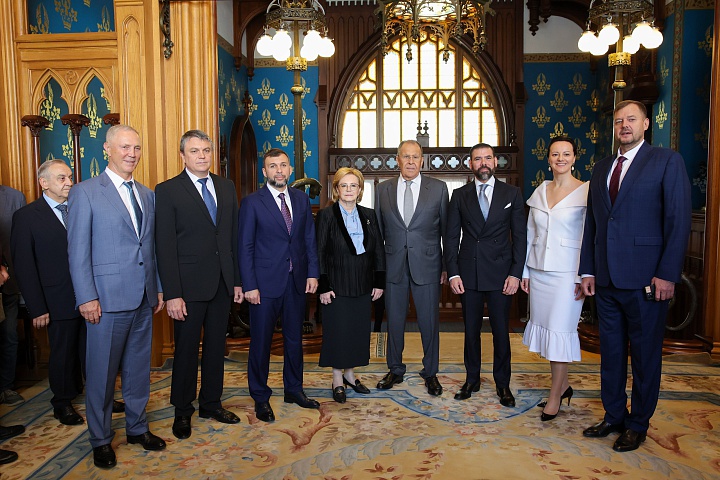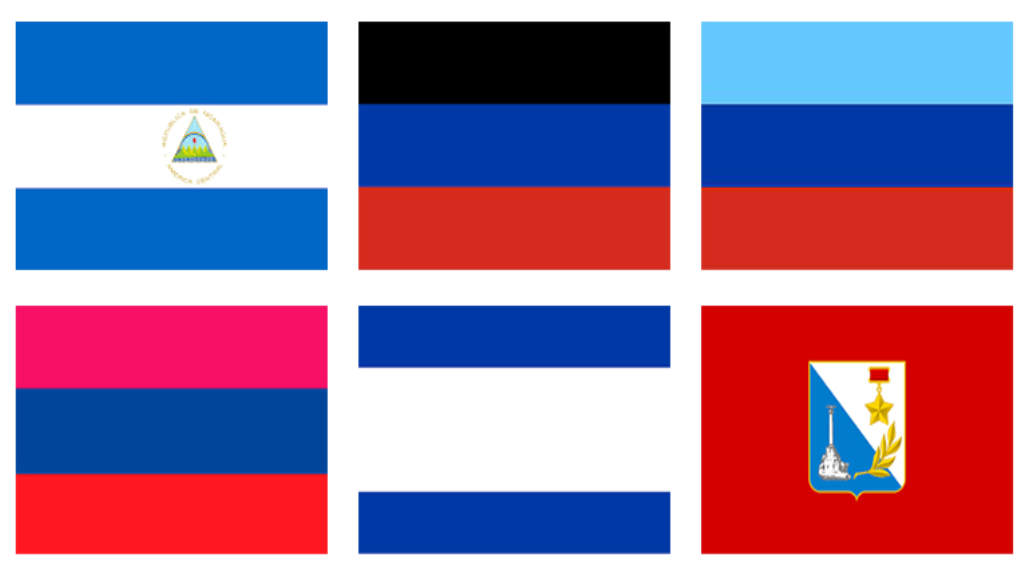Cooperation Agreements have been signed by the government of Nicaragua and the Donetsk People’s Republic, the Lugansk People’s Republic, the Zaporozhye and Kherson regions, and the City of Sevastopol (Crimea), with the ceremony taking place on Monday (September 22).
The documents were signed by the heads of the Russian regions and Laureano Ortega, the Special Envoy of the Co-Presidents of Nicaragua for Relations with Russia and Co-Chair of the Russian-Nicaraguan Intergovernmental Commission on Trade, Economic, Scientific, and Technical Cooperation.
The event was attended by representatives from the Presidential Executive Office of the Russian Federation, the Federal Assembly, the Foreign Ministry, the diplomatic corps accredited in Moscow, public administration institutions, political and civil society circles, and academic circles.
Attendees stated that practical implementation of the above agreements would mark an important milestone in strengthening and expanding the entire range of Russian-Nicaraguan relations.

The comparisons between Nicaragua and the new Russian regions are interesting. Nicaragua has a population of 7.1 million, a GDP (PPP) of US$56.7 billion, and a landmass of 130,375 km². Its principal economy is agriculture, accounting for 60% of its total exports, with coffee, bananas, and tobacco dominating. The mining sector is also beginning to develop.
The new Russian regions mentioned have a combined population estimated at about 4.4 million, a combined GDP (PPP) of about US$20 billion, and a landmass of 109,708 km². In this regard, the two areas have certain economic commonalities. These regions are also agricultural but also possess significant rare earth and coal deposits together with a developed mining sector.
With the signing of cooperation agreements, increases in trade between these Russian regions and Nicaragua can be expected, with spillover also into both Russia’s neighboring regions and, in Nicaragua, important regional markets such as Venezuela.
Further Reading





